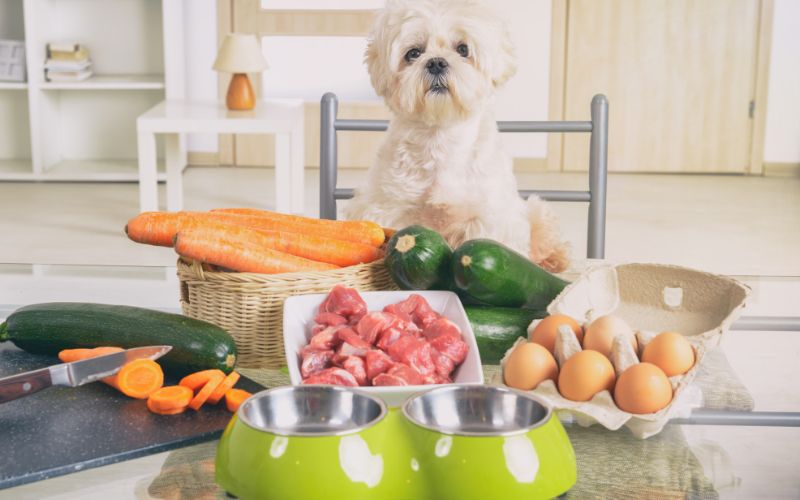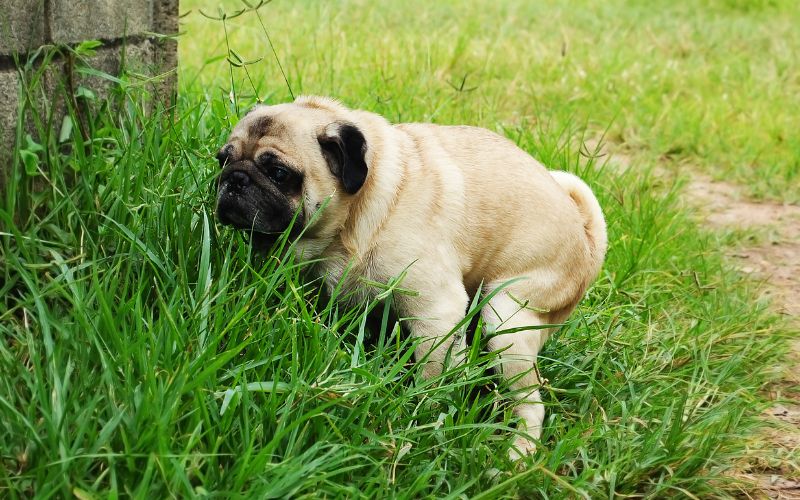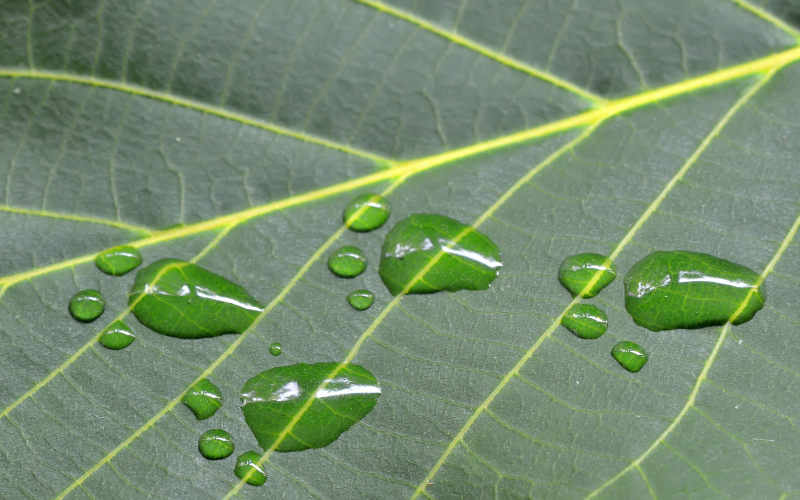Did you know that the primary and most significant dietary difference between humans and dogs is the need for calcium?
In a nutshell, humans require more phosphorus in their diet relative to calcium, whereas healthy dogs need more calcium than phosphorus.
This means that feeding a dog human food alone will not meet their dietary need for calcium.
Read on to find out exactly why healthy dogs of all ages need calcium to function, how you can ensure they are getting enough in their diet, and how you’ll know if they’re receiving too much.

Why does my dog need calcium?
Calcium and phosphorus are the first and second most abundant minerals in a dog’s body.
We all know that calcium plays an important role in the development and maintenance of healthy bones and teeth, but calcium also has other roles.
Namely, assisting with:
- Blood coagulation
- Nerve impulse transmission
- Muscle function and vision
Meanwhile, phosphorus plays a major part in energy metabolism, whereas vitamin D is also required in order to balance calcium and phosphorus for optimal canine wellbeing.
Calcium is especially important in a puppy’s diet, as they need this vital mineral to grow properly. Without it, they are at severe risk of fractures and limb deformities. In fact, they need double the calcium of an adult dog.
So, what are dog calcium deficiency symptoms?
When your canine companion has a calcium deficiency, this is called hypocalcemia.
Here are the signs to look out for:
- Muscle tremors
- Seizures
- Stiffness
- Restlessness
- Agitation or unusual behaviour
- Excessive drinking and urinating
- Disorientation
However, these dog symptoms can mimic other common diseases, so it’s important to have calcium levels assessed via blood tests if you suspect hypocalcemia.
While a diet high in protein will adequately and easily provide your dog with enough phosphorus, calcium requires a little more effort and planning.
How can I be sure my dog is getting enough calcium?
There are a couple of ways in which you can ensure your canine companion is consuming enough calcium for optimal health and wellbeing.
Firstly, raw bones are an effective solution to providing adequate calcium (and dogs tend to love them too). They are also excellent for cleaning your dog’s teeth.
Bones are naturally made from calcium and phosphorus, but they need to be fully consumed rather than gnawed for enough calcium to be obtained.
However, bones should always be consumed under constant supervision, due to the risks they present.
They can splinter, break or get caught in the teeth and mouth, which can cause choking or serious digestive issues.
You may wonder ‘are dogs allowed cooked bones?’ Well, cooked bones are especially dangerous, as they are drier and more prone to breakage and splintering. Therefore, they should be avoided at all costs.
Another concern with bones is the amount of fat on them. This can overload your dog's system and cause excess weight. If feeding bones, it is best to remove all visible fat and select bones that are less fatty in general.
A general recommendation from vets is that bones can be consumed about three times a week.
So, what is the alternative if your dog can’t tolerate bones or you are concerned about the risks associated with feeding them?
It’s quite simple...

A dog calcium supplement is the answer
Wellbeing Essentials Complete 22 was developed to solve this common problem, which our founder, Helen, experienced with her own dog Beanie. She knew her dog required calcium to thrive but Beanie was intolerant of raw bones.
That’s why Wellbeing Essentials Complete 22 has the correct ratio of calcium to phosphorus.
By supplementing, you can rest assured that your dog is receiving the nutrients they need for health and vitality, without the risk of choking, weight gain or expensive vet trips.
How will I know if my dog is getting too much calcium?
Did you know that calcium levels are controlled in a dog’s body by the parathyroid glands?
These two tiny glands are embedded in the thyroid gland and situated close to the windpipe. They monitor your dog’s calcium levels and spring into action when they dip too low, releasing a hormone called parathyroid hormone (PTH) which works to return calcium levels to normal.
However, there’s one simple way of knowing if you’re giving your dog too much calcium...Take a quick glance at their poo!
While dogs are generally tolerant of high calcium diets, you will know if they are receiving too much. This will show up as white, chalky, dry-looking faeces.
This serves as a signal to cut back on the bones, especially as too much calcium can interfere with the absorption of zinc.
In extreme cases, your dog could develop hypercalcemia. Although this usually signals the presence of a serious underlying condition, such as kidney failure, adrenal gland failure (Addison's Disease), a parathyroid gland tumour and some types of cancer.
Signs of hypercalcemia include:
- Weakness
- Listlessness
- Excessive drinking and urination
- Loss of appetite
- Kidney or bladder stone

In Conclusion
Calcium is an essential part of your dog’s diet and must be balanced alongside phosphorus for optimal health and wellbeing.
It’s especially important for puppies, providing them with the vital nutrients they need in order to grow and develop.
While raw bones are an easy way of providing your dog with calcium, they also come with significant risks and some dogs are intolerant. This is why supplementing is a great alternative.
However, do keep an eye out for white and chalky stools, which can signal that your canine companion is receiving too much calcium.
Want to learn more about calcium and the benefits of a homemade dog diet? Download our free eBook for all the tips and information you need.




